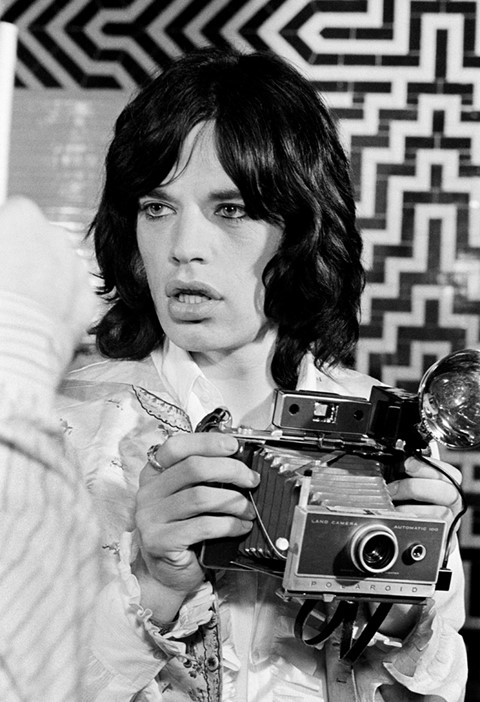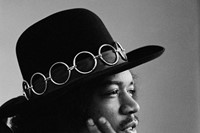We sit down with Rolling Stone Magazine's ex-chief photographer to discover the rip-roaring tales behind his most iconic pictures
"You know the movie Almost Famous? That's how my life was at Rolling Stone," chuckles Baron Wolman, the magazine's Chief Photographer between 1967 and 1970. And he's not kidding. Wolman was 30 and working as a self-taught, freelance photojournalist in San Francisco's Haight-Ashbury district when he met student and freelance writer Jann Wenner who, along with San Francisco Chronicle music writer Ralph Gleason, had plans to form a new kind of music periodical.
"You know the movie Almost Famous? That's how my life was at Rolling Stone"
Wolman had already shot a number of the rock bands then based in the hippie district – Janis Joplin, Jefferson Airplane, Grateful Dead – and offered to take pictures for the newly dubbed "Rolling Stone" for free on the condition that he retained ownership of the images. Shortly after, the magazine exploded and Wolman's pictures, captured in his pared-back and informal style, became music fans' main window into the rock'n'roll lifestyle.
This was the dawn of rock music as we now know it or, as Wolman puts it, "the fertile garden from which the flowers and the fruit grew." As he explains, "They had free concerts in the Golden Gate Park – we’d go and hang out, it was just the way life was then. And I had total access all the time, I could go anywhere, get on stage with the band, no problem. So I had the opportunity to get some really good pictures." And happily, we'll soon have the chance to view some of the best of these in London as an exhibition of Wolman's Rolling Stone years goes on show at Proud Chelsea. Ahead of its opening next week, we catch up with Wolman to discover the incredible stories behind ten of our favourite photographs.
Mick Jagger, 1968
"The Stones were shooting Performance and they’d borrowed a house over in Kensington and taken it over to shoot the film. Earlier in the day, I’d photographed The Who recording their great rock opera, Tommy, and afterwards we went and had dinner. Then Pete Townshend said, 'Hey, my friend Mick’s over there making a movie – let’s go over and see if we can stir up some trouble.' So we walked in there and that was what I saw going on. I love that photo; I like that Polaroid camera and the lips. His lips never looked more like the Rolling Stone lips ever."
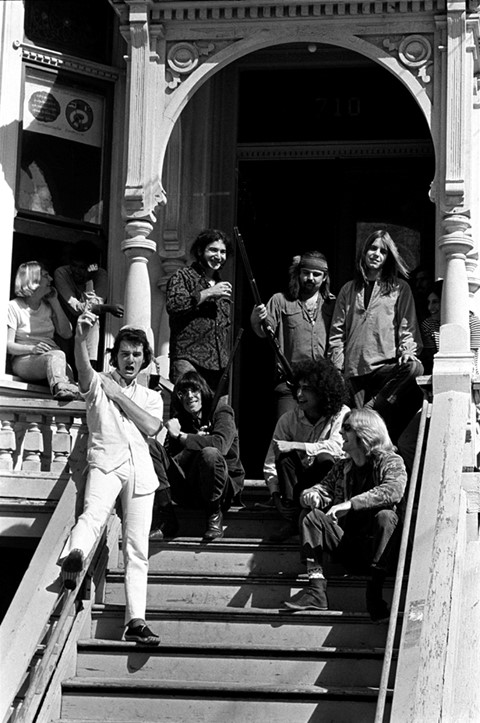
Grateful Dead, 1967
"This was my very first assignment from Rolling Stone – if you come across Issue Number 1, you’ll see the story in which it appears. Dead had just been busted for smoking pot and just before this moment they had given a press conference inside, talking about it not being fair that they were busted for pot when doctors and lawyers and everybody else who was smoking pot in the city weren't. So then I was told, 'Get 'em out on the steps and get a group shot.' But they were so wired that it was impossible to get them to settle down. Plus, they said to me, 'Who are you?' I said, 'I’m Baron, a photographer from Rolling Stone.' And they said, 'Who’s Baron? What’s Rolling Stone?' It hadn’t even published yet you see so I had no credibility!"
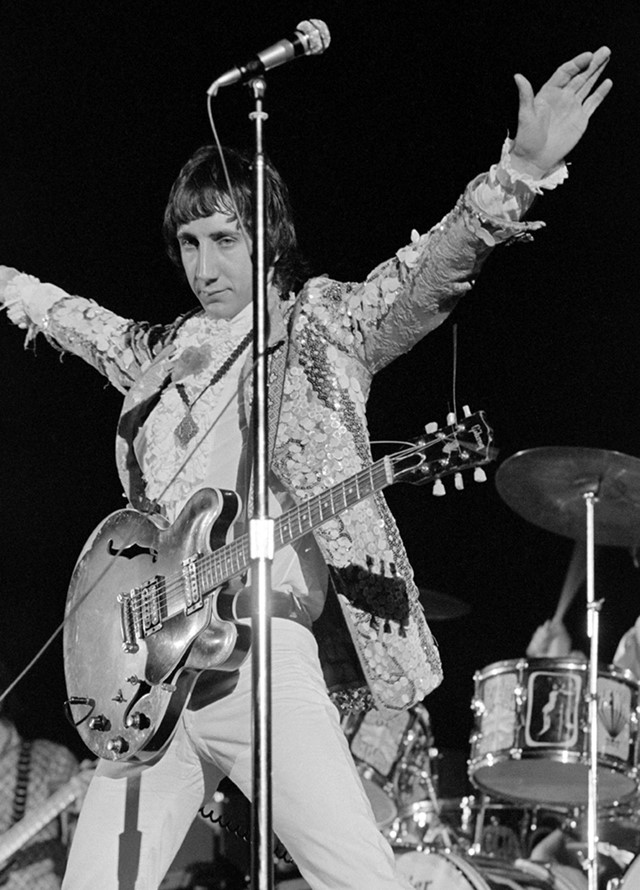
Pete Townshend, 1967
"This was taken at my first live concert assignment for Rolling Stone in 1967 – we had just started the magazine. It was interesting, the thing I remember specifically is that in those days Townshend was breaking his guitars. It really shocked me and frightened me because here he is playing guitar and then he decides to smash it and I’m thinking, 'I’ve got my Nikons here, what if I did the same thing? I couldn’t take pictures – how’s he going to play music?' I didn’t realise that he had ten more of them backstage! What I really like about this is his pose, of course, and then he’s looking straight at me. He didn’t even know me."
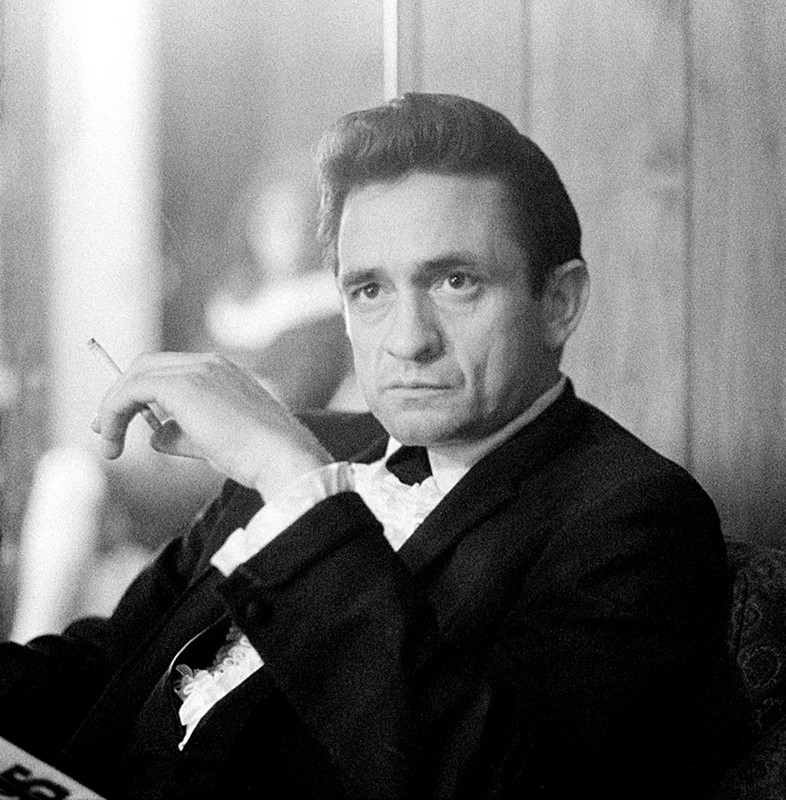
Johnny Cash, 1967
"This was backstage before a concert. I have no idea what was going through Cash's mind, unless he was just mentally preparing to go on. But when you look at the picture you wonder if he’s going to be able to go on without collapsing on the stage, because that’s intense. And the other thing that’s interesting about this picture is that in the background, reflected in a mirror is June Carter Cash – she was right behind me. I was just hanging out with them backstage. I mean the fact that they even let me do that is indicative of how it was back in the day. You didn’t need permission and clearances and managers and PR police. We were very lucky."
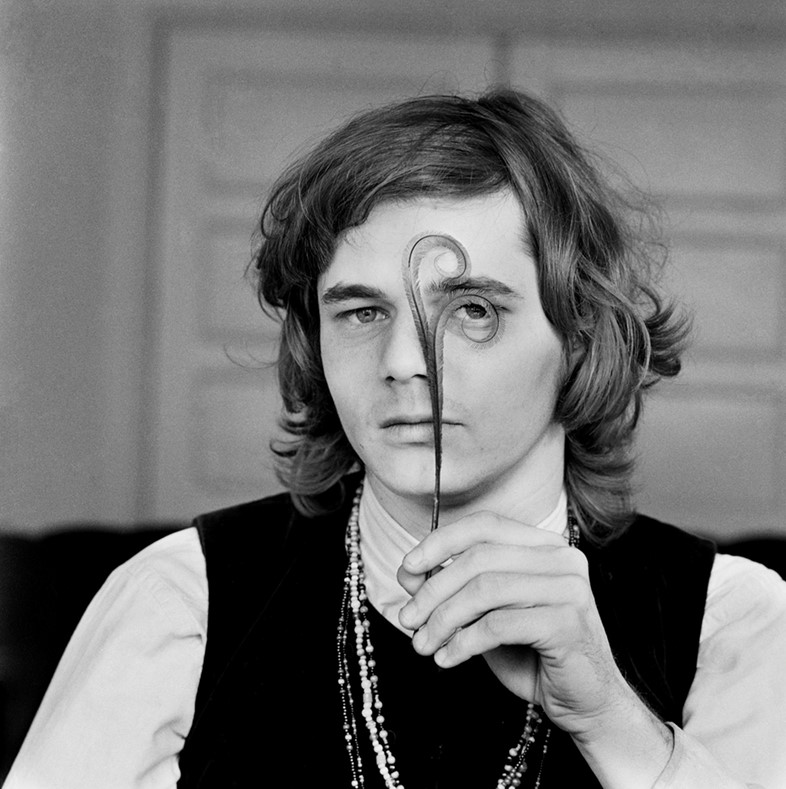
Steve Miller, 1967
"In 1967 The Steve Miller Blues Band signed a contract with Capital Records with an advance of 60 thousand dollars, which in '67 was a huge amount of money, so of course we covered the story in Rolling Stone. So they sent me over to his house where the band were and we did a bunch of pictures of them and Steve – funny pictures, nice pictures. He was sitting there and then I noticed that on the table, right in front of him, there was a feather. I said, 'Steve pick up the feather and hold it in front of your face, I want to get a shot.' And then actually that photo was used on the cover of the Steve Miller anthology that came out a few months later, so that was pretty cool."
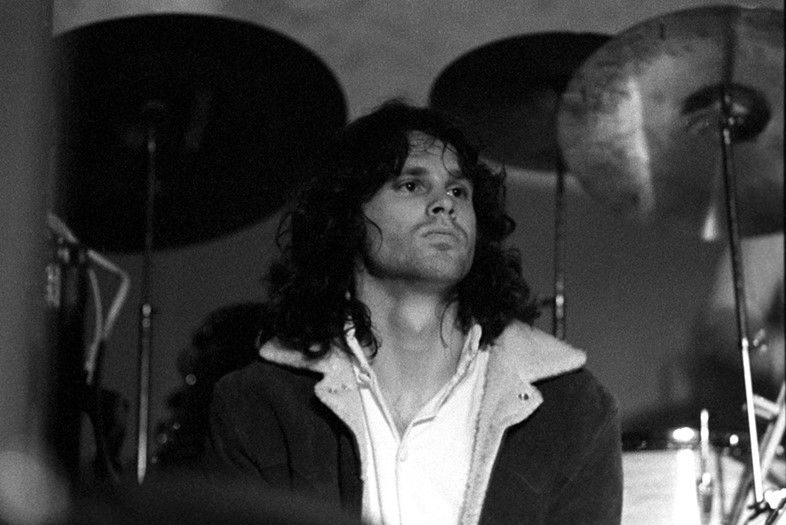
Jim Morrison, 1967
"I like this picture. Morrison's usually wrapped around the microphone but the reason that he's sitting down here is that Robby Krieger, the guitarist, was doing a solo and so he just backed out of the way and sat down there next to the drums. Who knows how stoned he was, he was always stoned, so either he's decided to relax or just stay out of their way to let them have the foreground – that’s the way I read it."

Janis Joplin, 1967
"This was taken at Janis Joplin’s home. A friend of mine – a very well known 60s music photographer, Bob Seidemann – photographed a series of semi-nudes of Janis and those pictures behind her are one of the images from that session that was made into a poster. So on her wall in her bedroom, across from her bed, she had her whole wall papered with those posters. And she said, 'Baron, what do you think about this? I’m the first hippie pin-up chick!' She was proud of that, so we took the shot there."

Jimi Hendrix, 1968
"Hendrix came to town to play at Fillmore West and Winterland– venues that were run by Bill Graham, the phenomenal rock music promoter – and a writer and I went to his motel prior to that evening’s concert to have a conversation with him. You’ve seen photographs of Jimi Hendrix on stage – he lit the guitar on fire or he’d play with his teeth or with the guitar behind him – but he was so quiet and so respectful. You had no idea what was coming that evening. Look at that face... isn’t that amazing? And you can kind of tell, although there’s no visual reference, how long his fingers were. That was one of his assets that allowed him to play the way he did. He had these fingers that he could wrap around the guitar and put on the frets from the back rather than the front. "
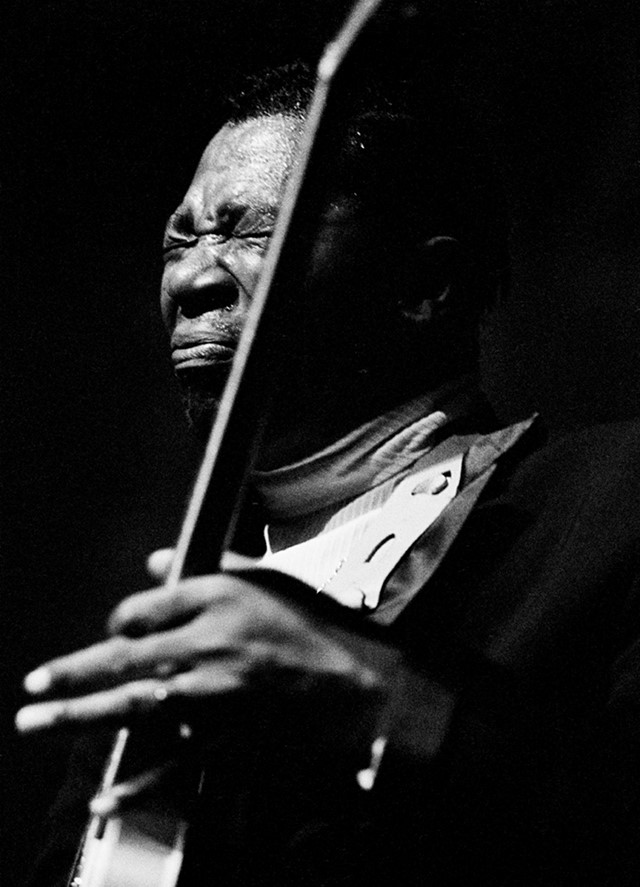
BB King, 1968
"The thing about BB King is that his expressions were visual parallels to the music he was playing – so, if you listened to the music and could understand the words and then looked at his face, all of that soul that comes through in blues music was also being expressed there. My personal challenge in those days was to communicate in a single, simple image what it might have been like for a reader had they been at one of the concerts. "
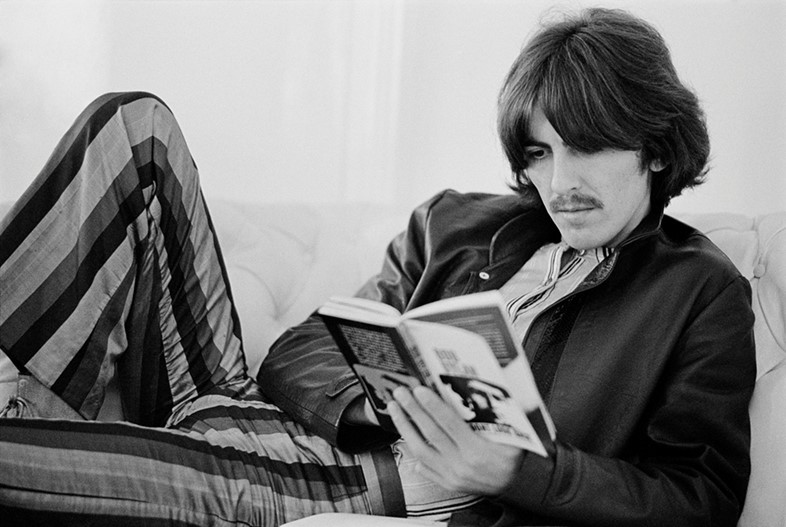
George Harrison, 1968
"I was in town primarily to shoot the Who recording Tommy, but I had a list of people to photograph from Rolling Stone at the time, and we did an interview with George. There was a little seating area next to the office where we were going to do the interview and I was just sitting there and he came in. He plopped down on the couch and started reading Bob Dylan’s book, Don’t Look Back. Now I had an internal fight in my mind: do I ask him to pose or do I let him fall into what looked to be amazingly comfortable poses on his own? I chose the latter and I just let him do what he wanted to do and he moved around a little bit each time I photographed him but this particular one came out perfectly. Everything about it – the pants, the book, the composition. I really love it. This is the only Beatle I ever shot, believe it or not. That’s my one Beatle."
The Rolling Stone Years by Baron Wolman is at Proud Chelsea from April 9 - May 24.
